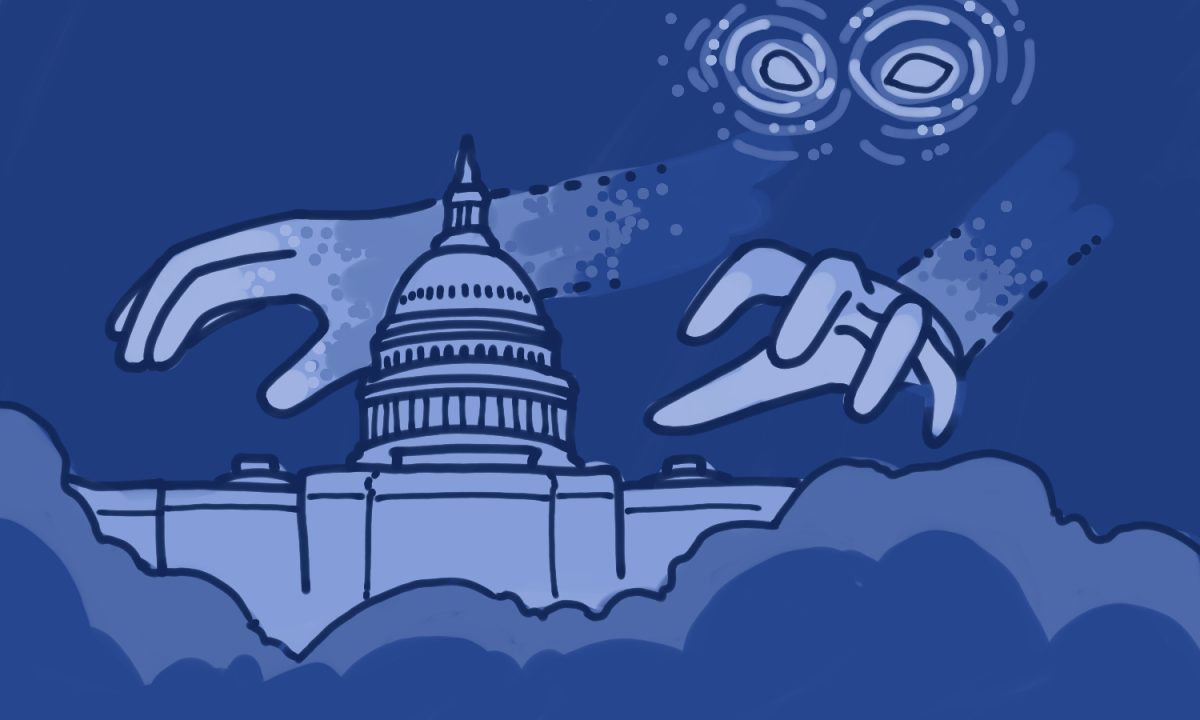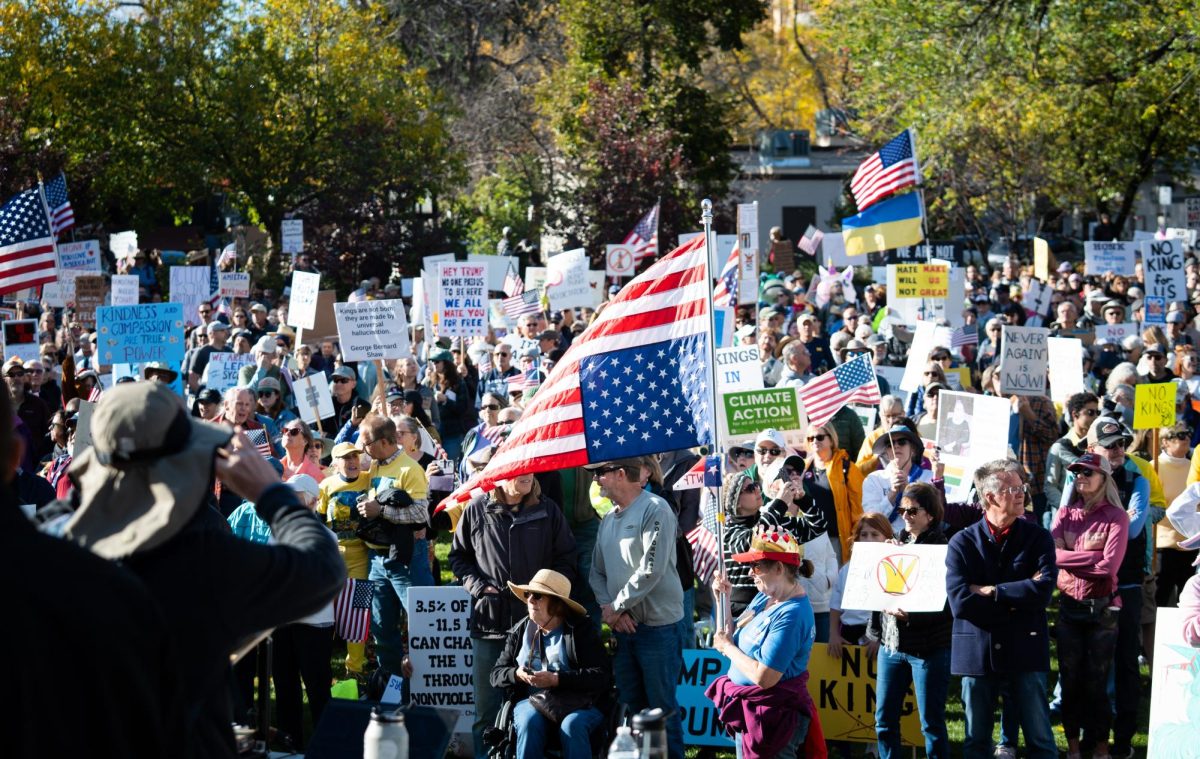Video by CTV News Reporter Patrick Enslow
Colorado State University professor and researcher Dr. Lori Peek gave a presentation on Tuesday night about the impact of natural disasters on children and youth.
It is the third installment of the President’s Community Lecture Series that are set to occur twice a semester, covering various topics.
Peek is a natural disaster researcher, focusing on populations that are vulnerable to natural disasters. She noted that she shifted her focus to specifically children and youth, and she attributes this shift to the Hurricane Katrina disaster in 2005.
She discussed the many misconceptions about the way children deal with and respond to disasters, one of them being that they are powerless in the recovery.
“The ‘vulnerable victims myth’ is the idea that children, in the face of disasters, become completely helpless and unable to respond to these extreme events — that they are rendered completely incapacitated and incapable of contributing in meaningful ways,” Peek said.
With what appeared to be tears welling in her eyes, Peek shared three specific stories of individuals that revealed to her just how instrumental children and youth can be in the wake of a natural disaster.
One of the stories in particular centered around 21-year-old Sam Johnson, who was directly affected by a catastrophic earthquake that struck Christchurch, New Zealand in 2011.
Instead of partaking in the parties thrown by others in the community to celebrate surviving the earthquake, he used Facebook to organize a relief effort that was referred to as a “student volunteer army.”

“By the end, with the power of social media, Sam brought tens of thousands of people to work together on the recovery,” Peek recalled.
Although there is potential for youth empowerment centered around relief projects, Peek also acknowledged that children can be an exceptionally vulnerable population when they experience a disaster.
“Children tend to suffer longer and more-enduring mental health impacts, a number of large-scale quantitative studies have taught us that,” she said. “We also can turn to a number of studies that show that when given the opportunity, children can and do volunteer at very high rates in the aftermath of disaster.”
Last year, CSU partnered with Columbia University to form a youth empowerment group called SHOREline. Their main goal, among many others, is to teach children and youth what it takes for their own population to recover from a natural disaster and to help them reach out to other children currently struggling with the detrimental consequences.
The acronym SHORE stands for Skills, Hope, Opportunities, Recovery and Engagement, which, according to Peek, are the five things that children need the most when coping with a natural disaster.
“We are giving children and youth the research skills … and the capacity to solve their own problems,” Peek said.
SHOREline currently operates at six high schools along the Gulf Coast, but they hope to expand to Colorado in the coming years.
Dr. Lori Peek is an associate professor of sociology and co-director of Colorado State University’s Center for Disaster and Risk Analysis. She also holds the title of Associate Chair of the Social Sciences Research Council Task Force on Hurricane Katrina and Rebuilding the Gulf Coast. Peek is the recipient of many high honors and awards, including the Early Career Award for Outstanding Scholarship in 2009.
Collegian Reporter Haleigh McGill can be reached at news@collegian.com, or on Twitter @HaleighMcGill.




